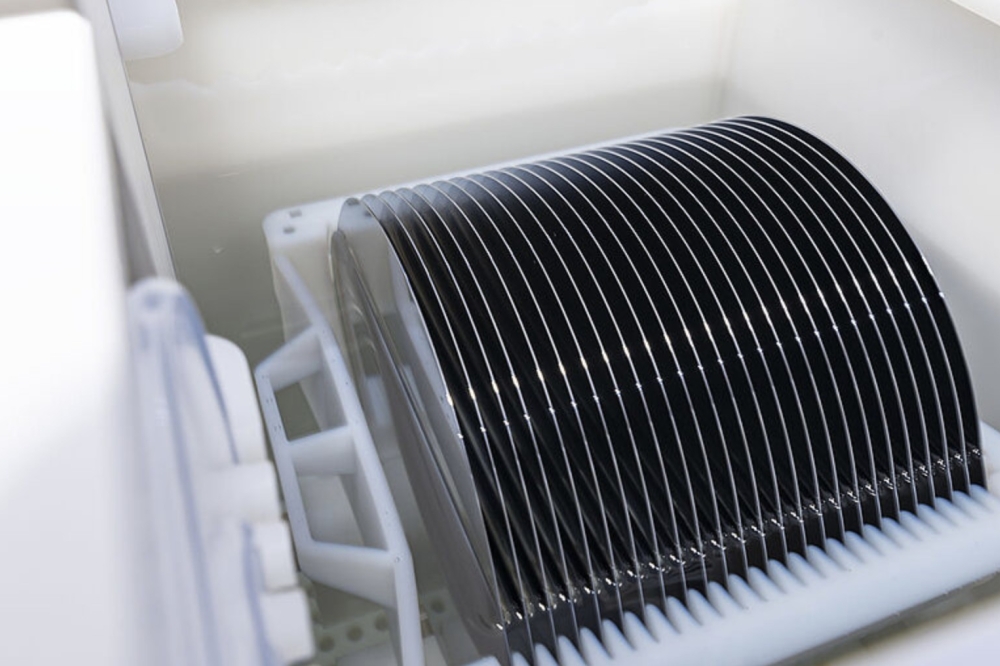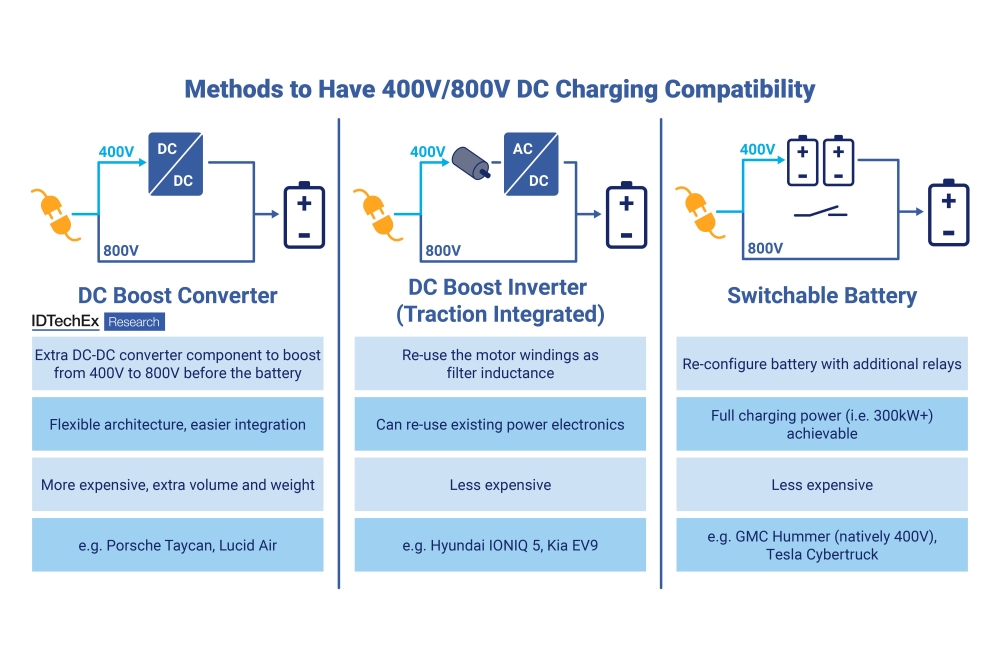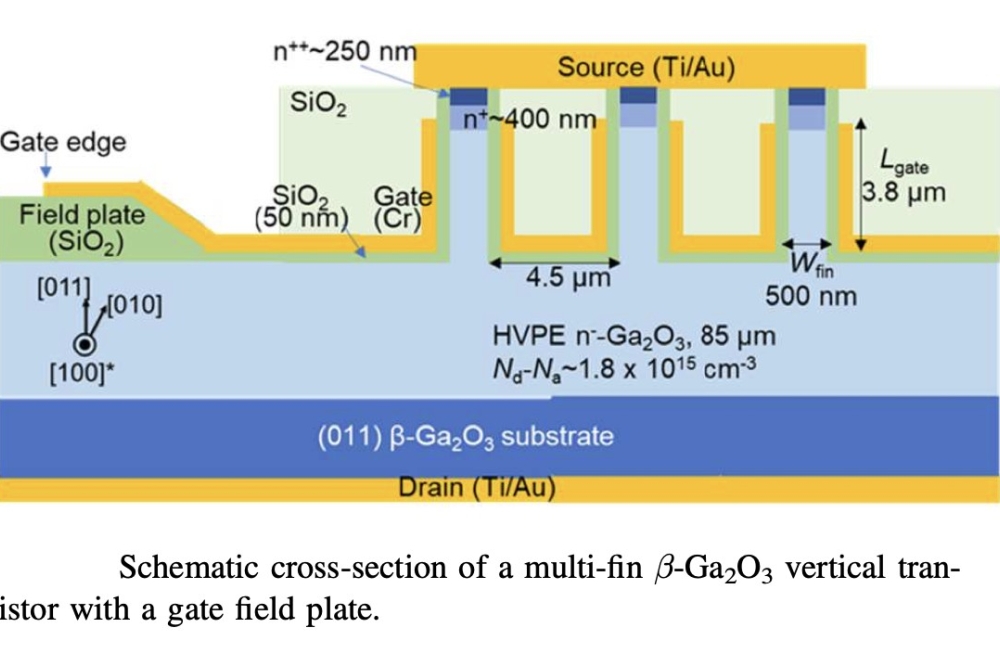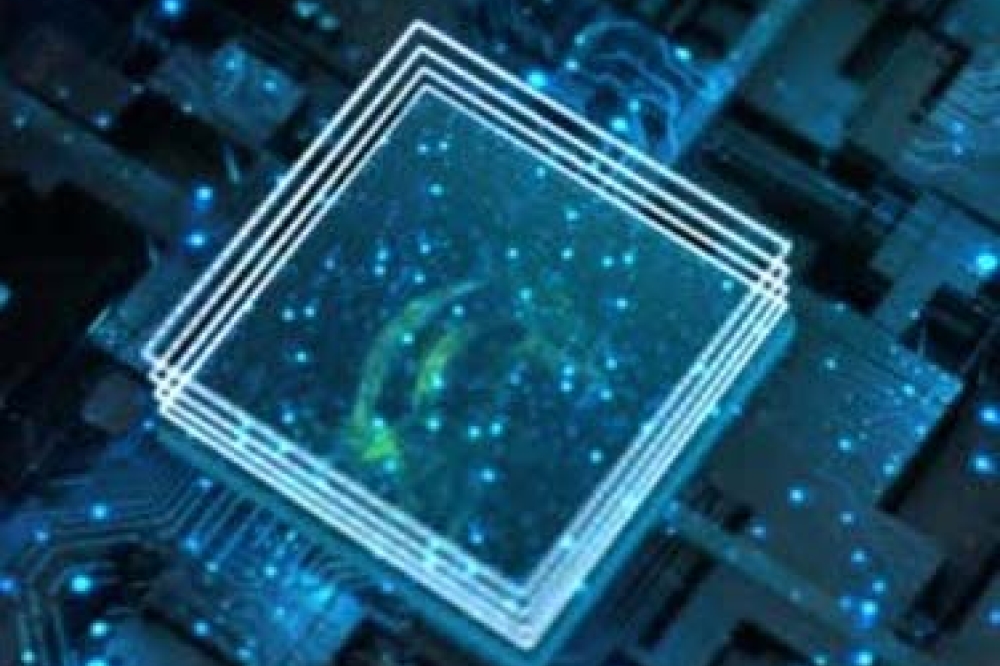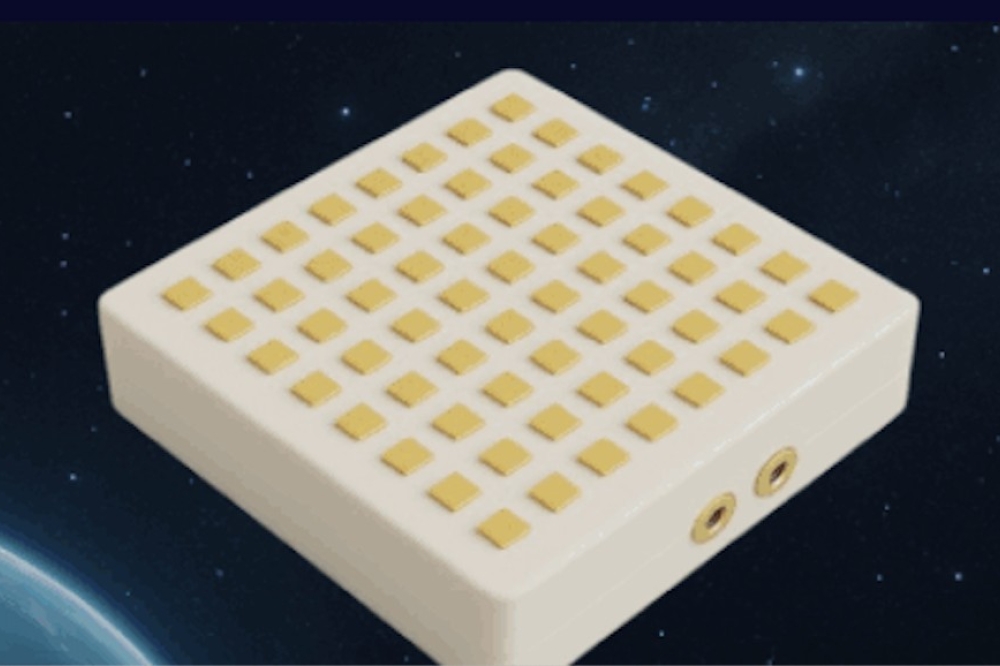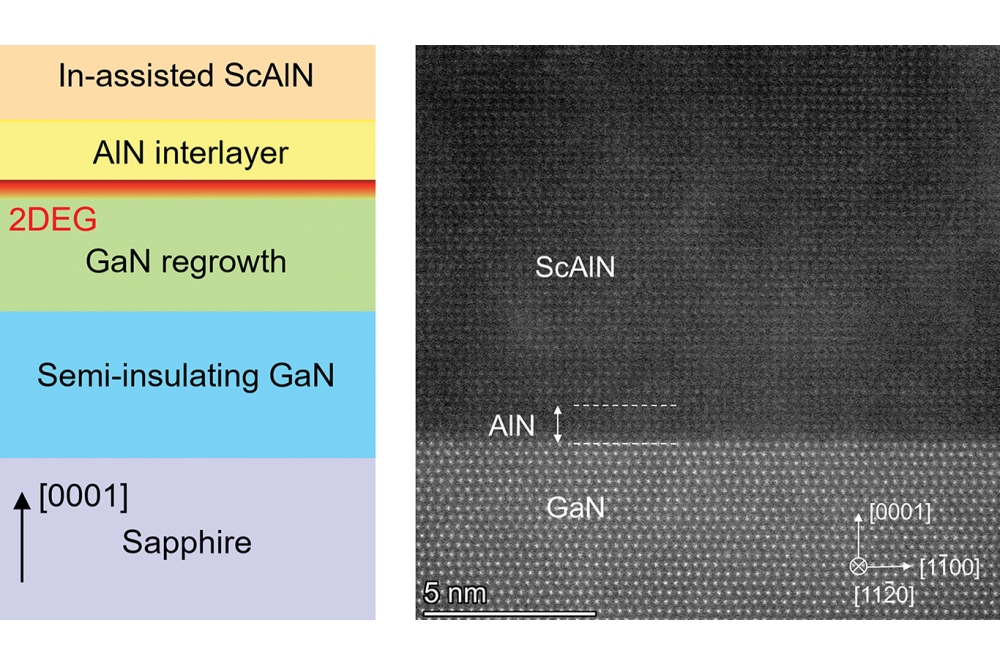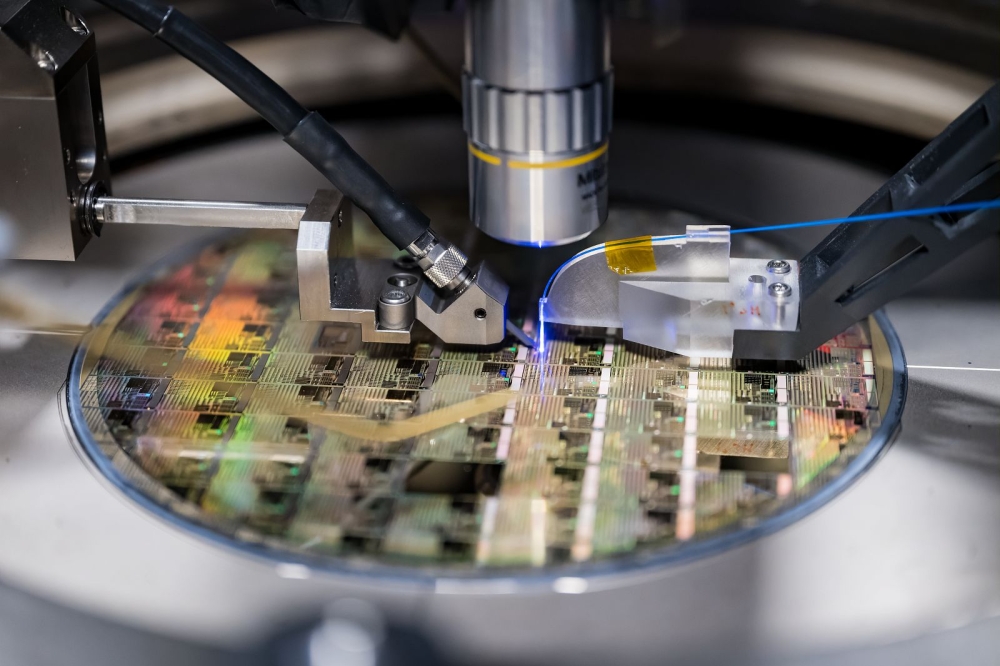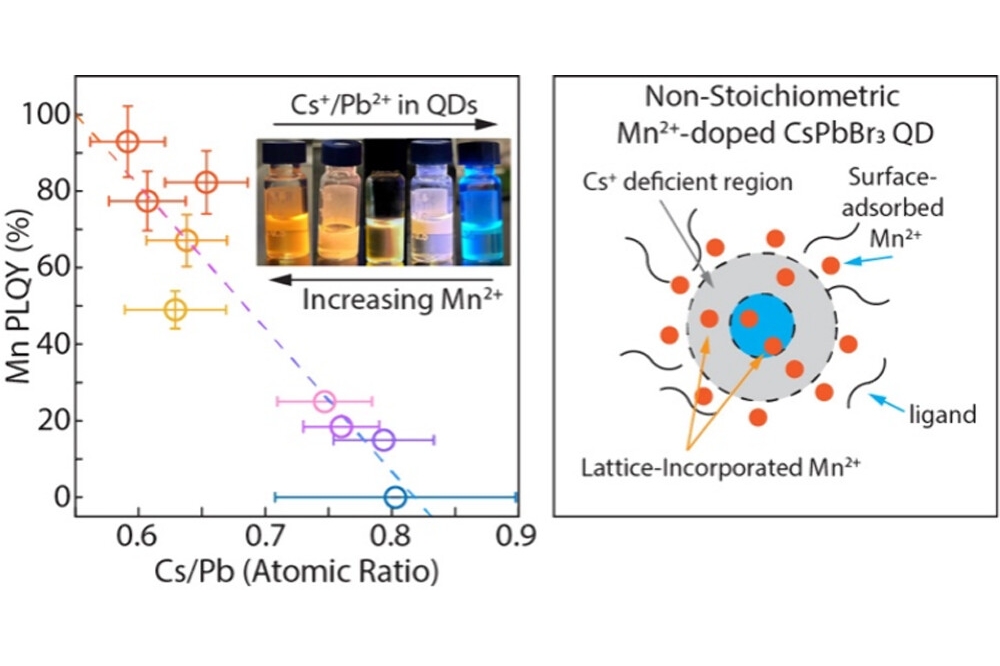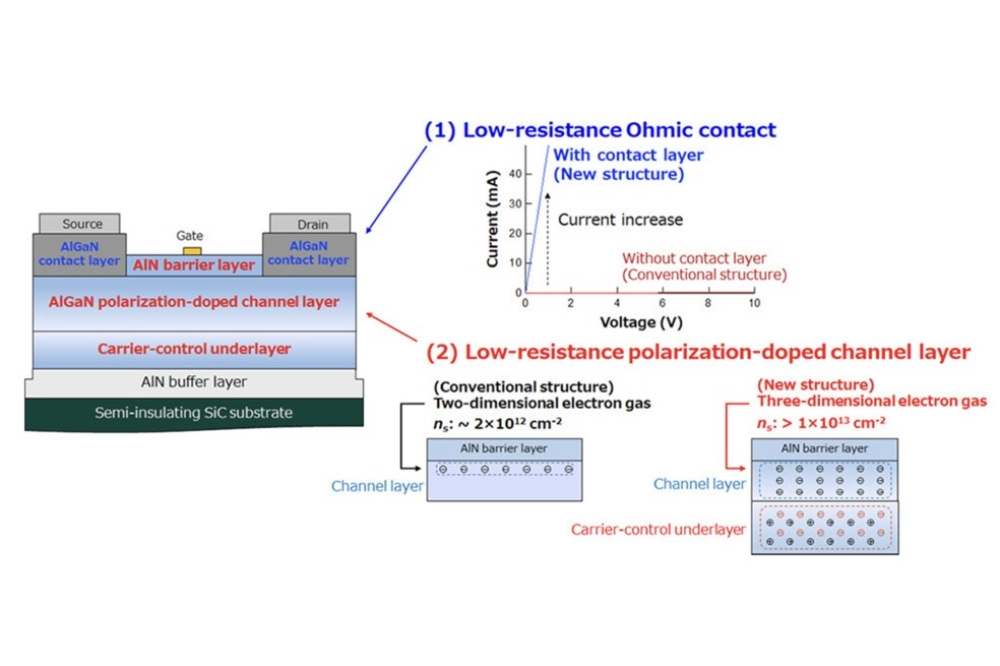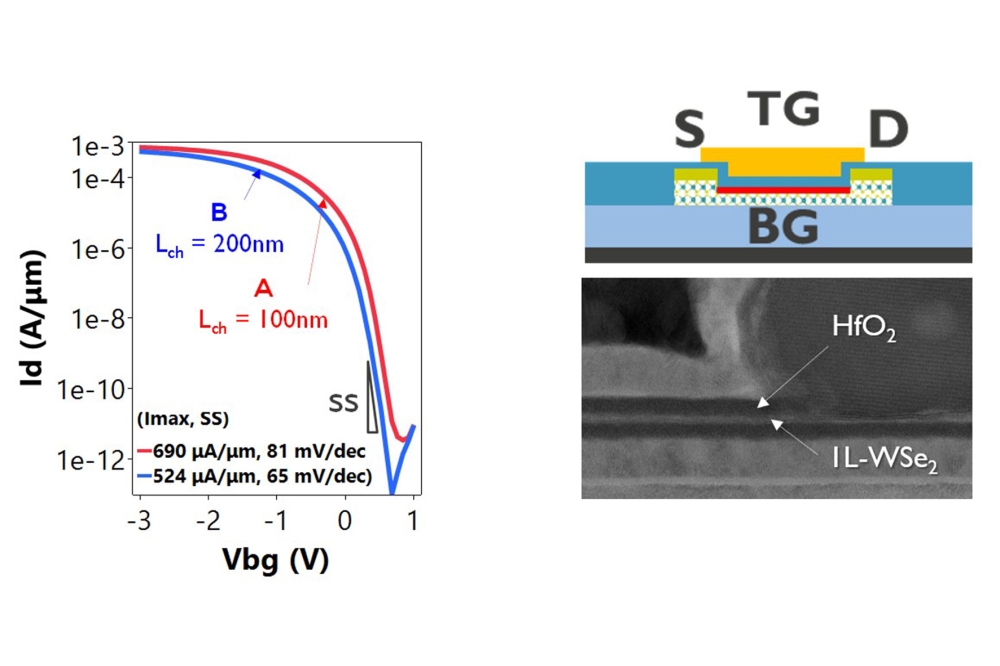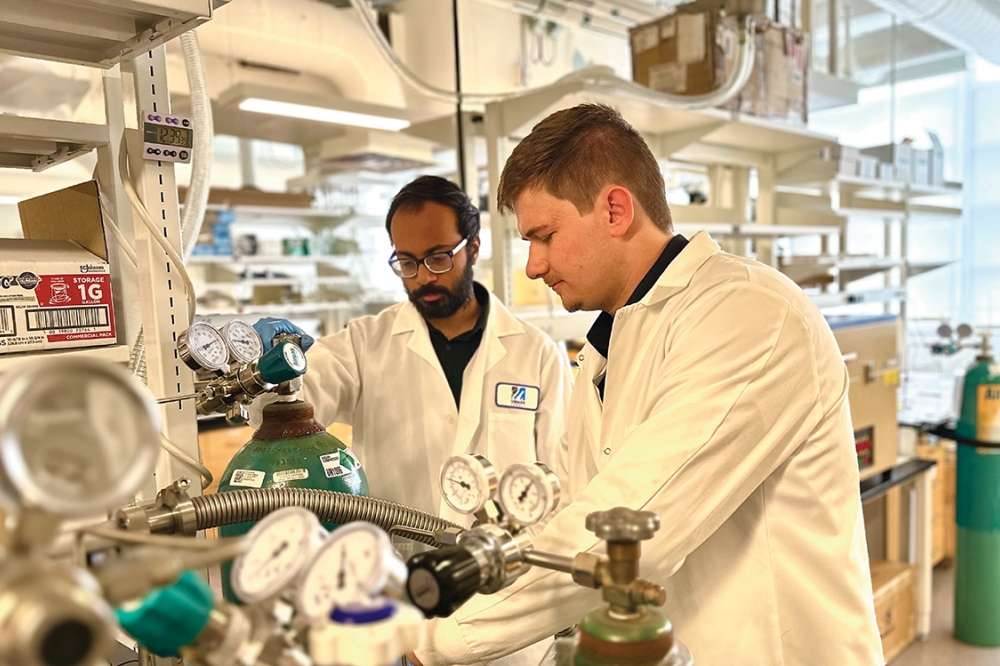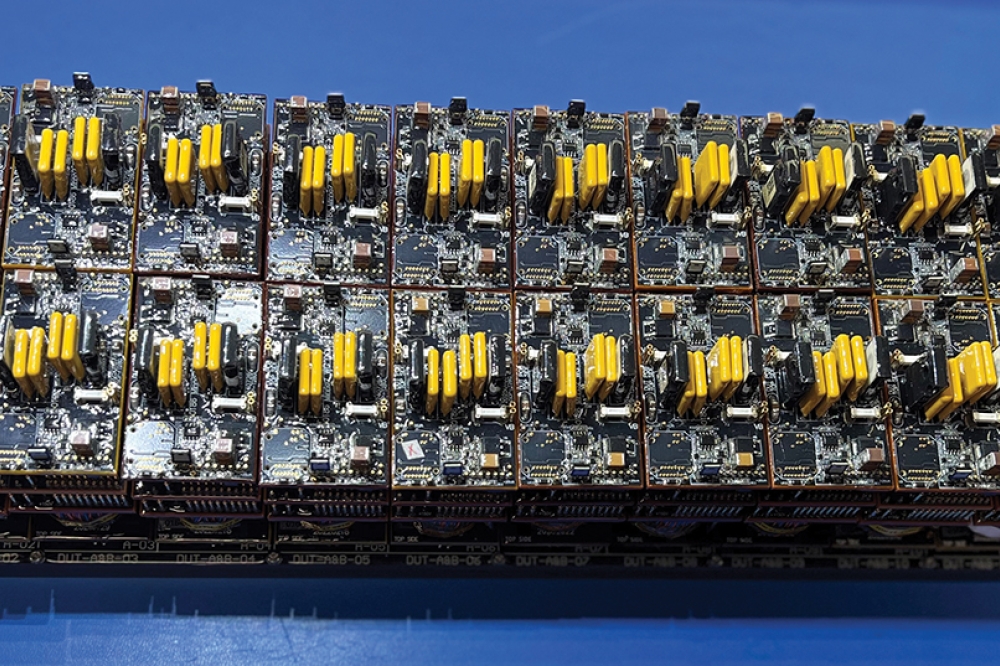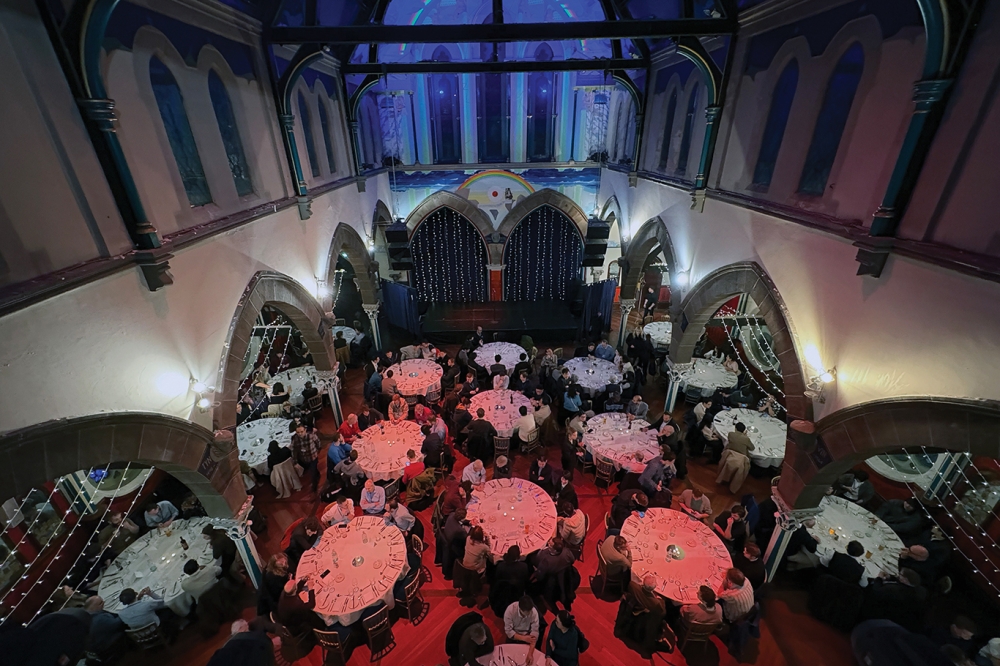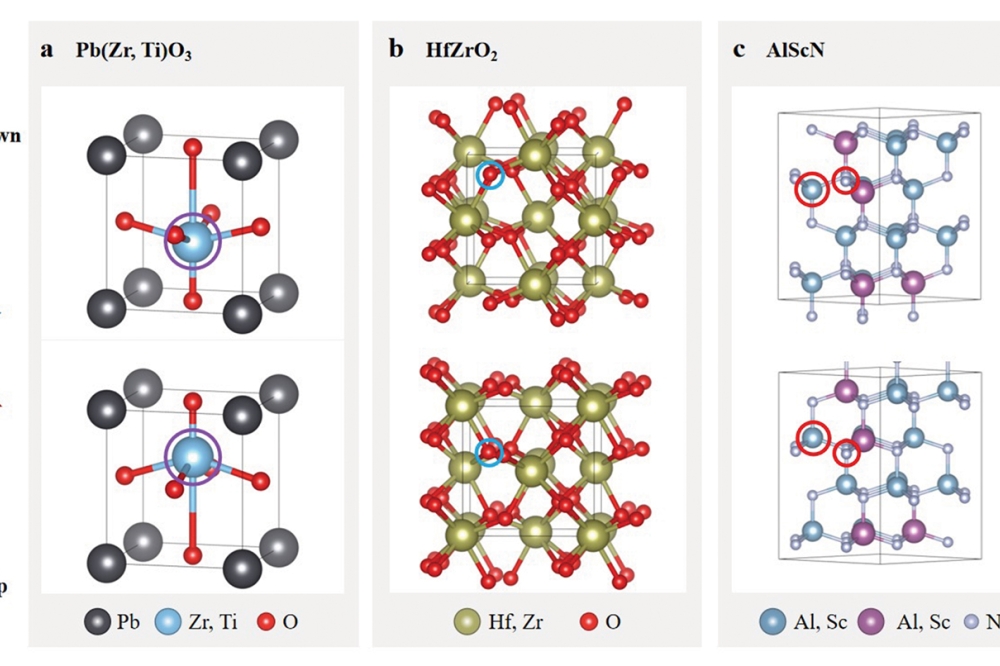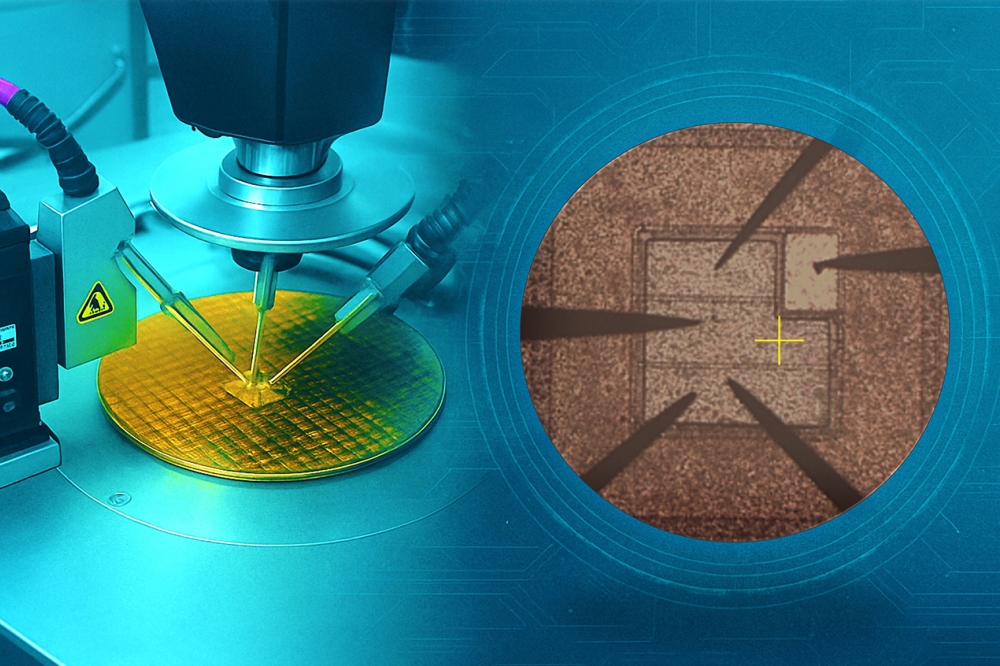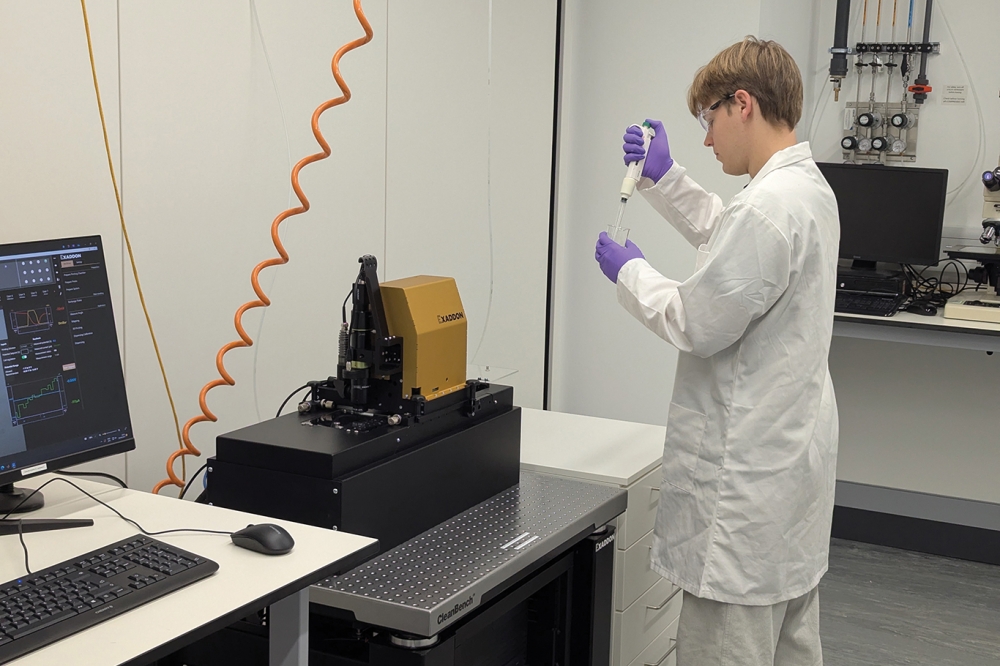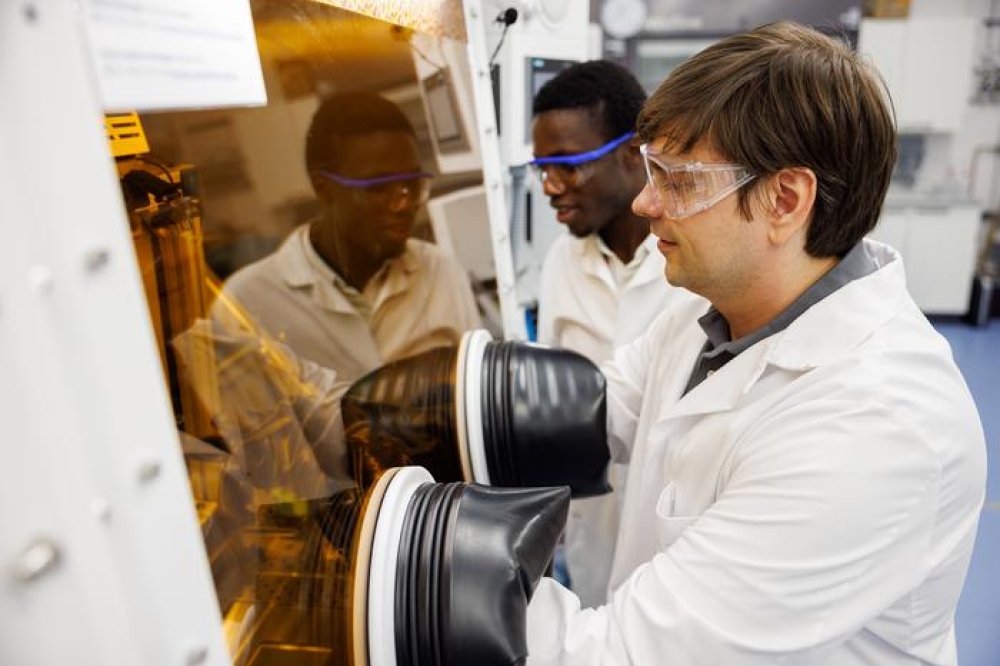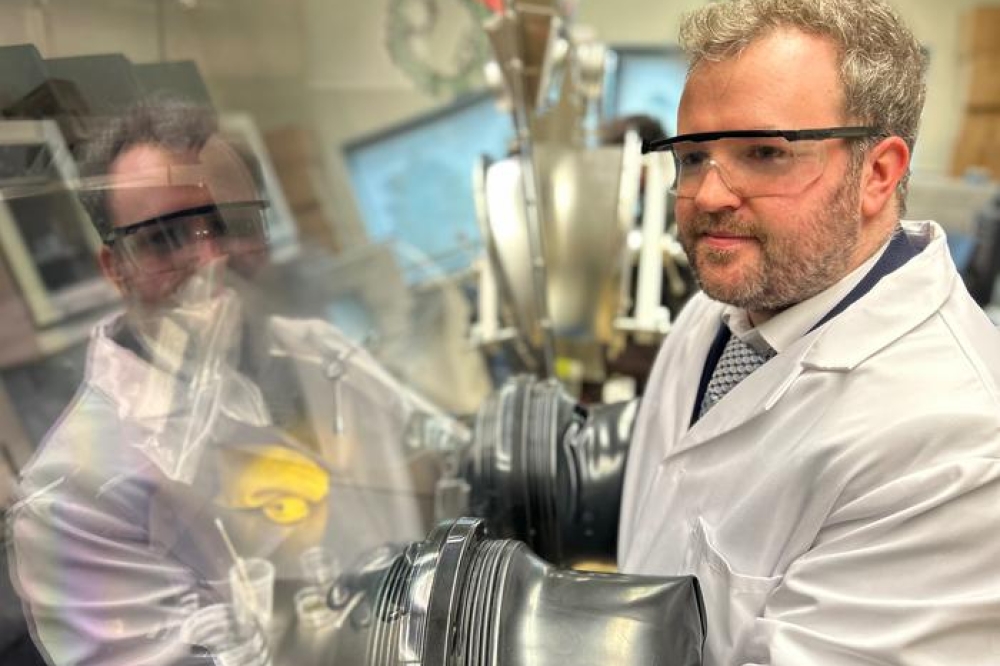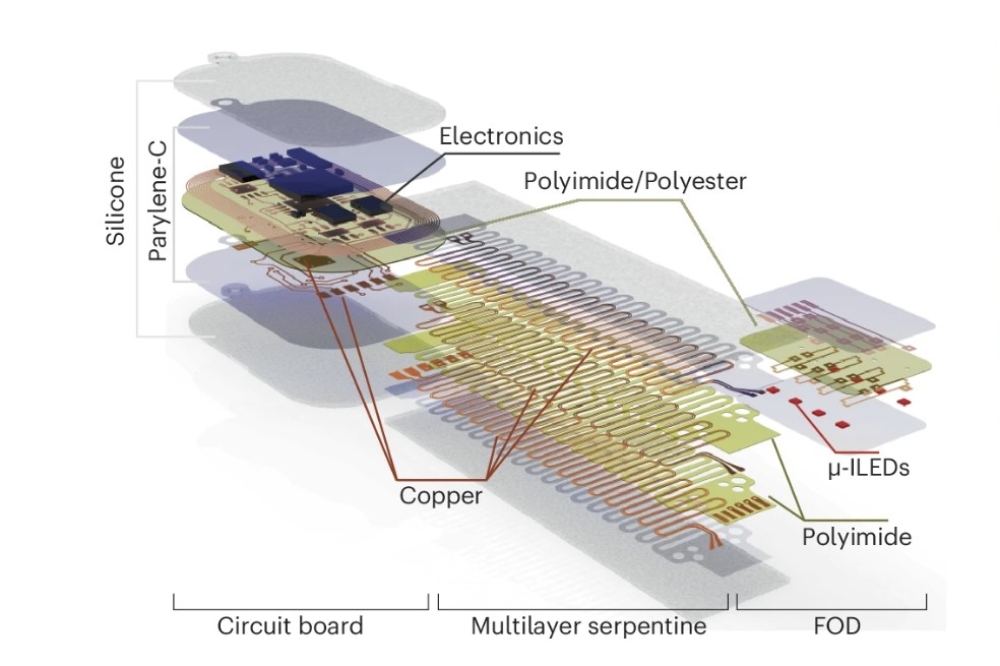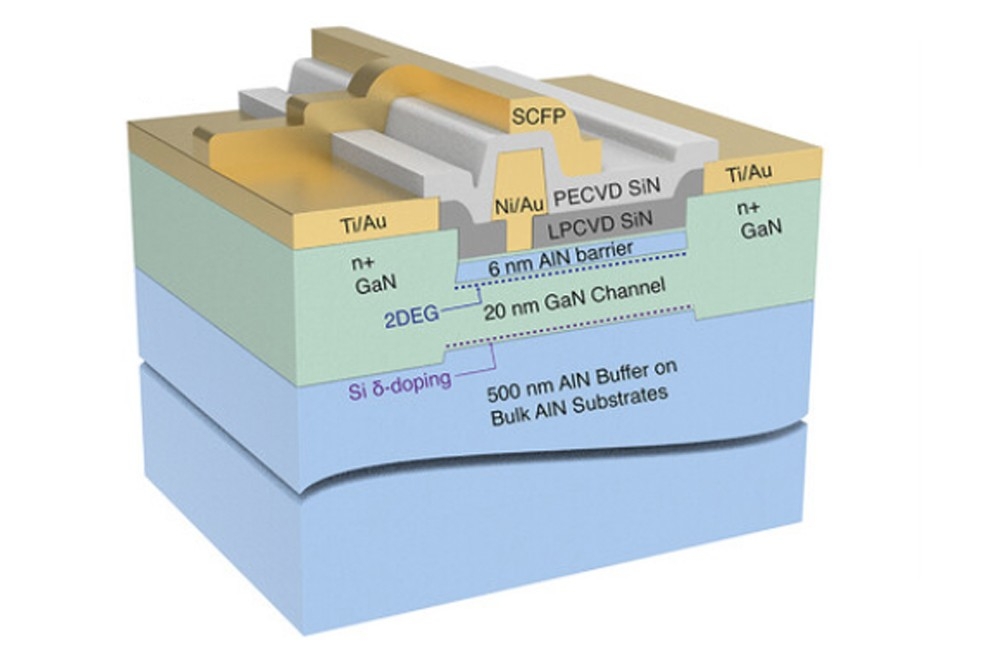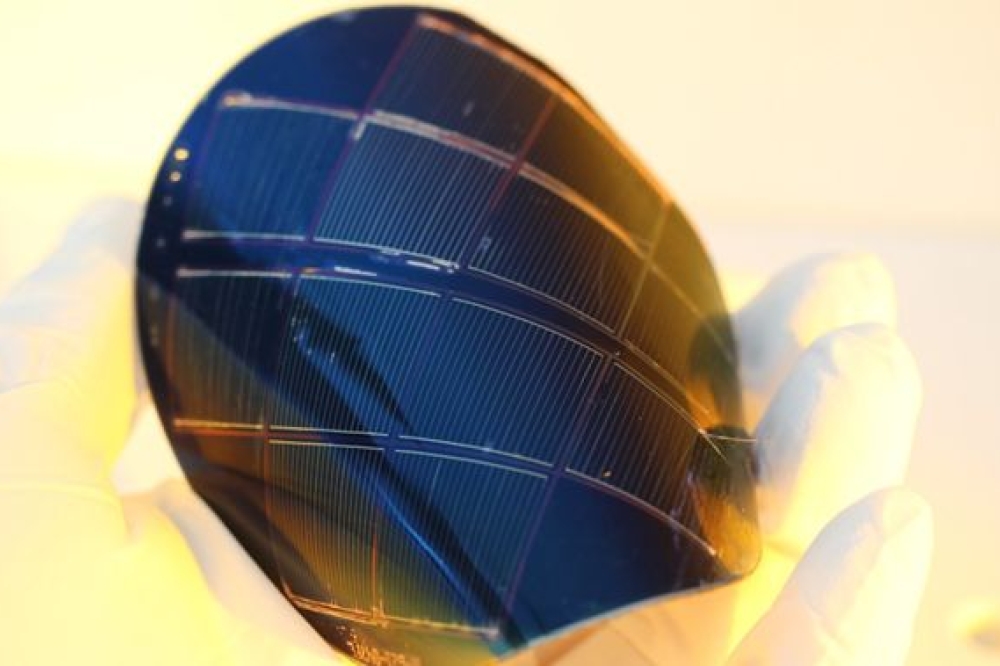Boosting electro-optic performance in AlScN
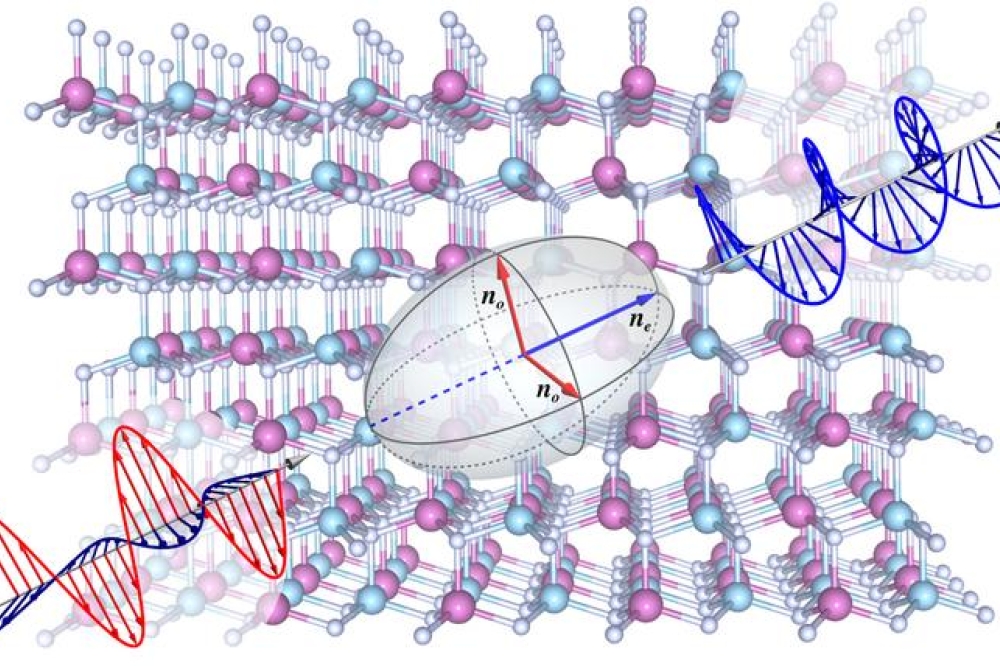
Being able to control light with electric fields is crucial for light modulation and frequency transduction in applications ranging from integrated photonics to quantum information science.
Typically this is done using nonlinear optical materials, such as lithium niobate, which have large a electro-optic response but are hard to integrate with silicon devices.
In the search for silicon-compatible materials, aluminum scandium nitride (AlScN) looks like a promising alternative. However, more work is needed to control its properties.
Now researchers in Chris Van de Walle’s computational materials group at the UC Santa Barbara have found a way to adjust the material’s atomic structure and composition to boost its performance.
Their study, published as the cover article in the January 27 issue of Applied Physics Letters, explains how.
Strong electro-optic response requires a large concentration of scandium — but the specific arrangement of the scandium atoms within the AlN crystal lattice matters.
“By using cutting-edge atomistic modeling, we found that placing scandium atoms in a regular array along a specific crystal axis greatly boosts the electro-optic performance,” explained Haochen Wang, the PhD student who spearheaded the calculations.
This finding inspired the researchers to investigate superlattice structures, in which atomically thin layers of ScN and AlN are alternately deposited, an approach that can be experimentally implemented using sophisticated growth techniques. They found that precisely oriented layer structures do indeed offer significant enhancements in electro-optic properties.
Intriguingly, the scientists also realised that strain can be exploited to tune the properties close to the “Goldilocks” point, where the largest electro-optic enhancements are obtained.
Strain can result from externally applied stress, or it can be built into the material through carefully designed microstructures, now a routine approach in silicon technology. Careful strain tuning could yield an electro-optic effect in AlScN that is up to an order of magnitude greater than in lithium niobate, the current go-to material.
“We are excited about the potential of AlScN to push the boundaries of nonlinear optics,” said Van de Walle. “Equally importantly, the insights reaped from this study will allow us to systematically investigate other so-called heterostructural alloys that may feature even better performance.”
The research was supported by the Army Research Office and by SUPREME, a Semiconductor Research Corporation program sponsored by the Defense Advanced Research Projects Agency.

